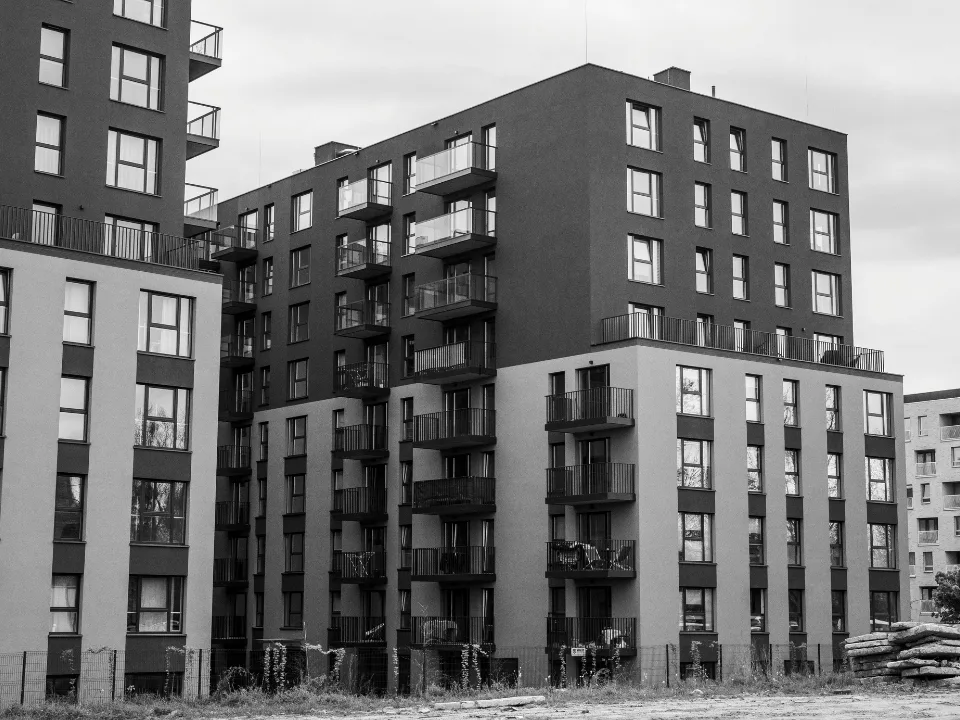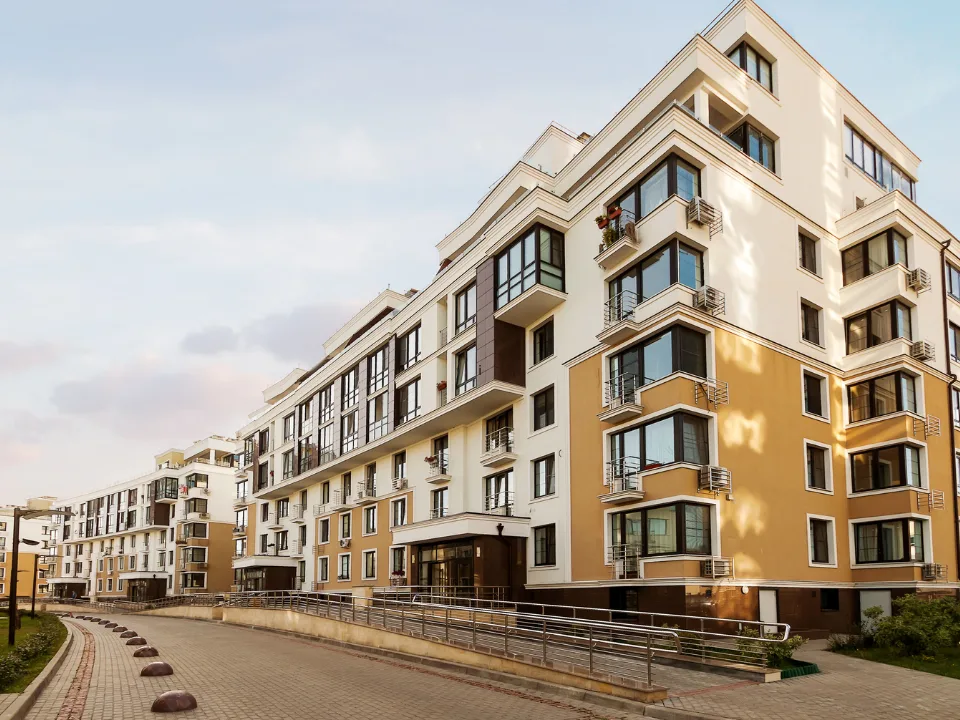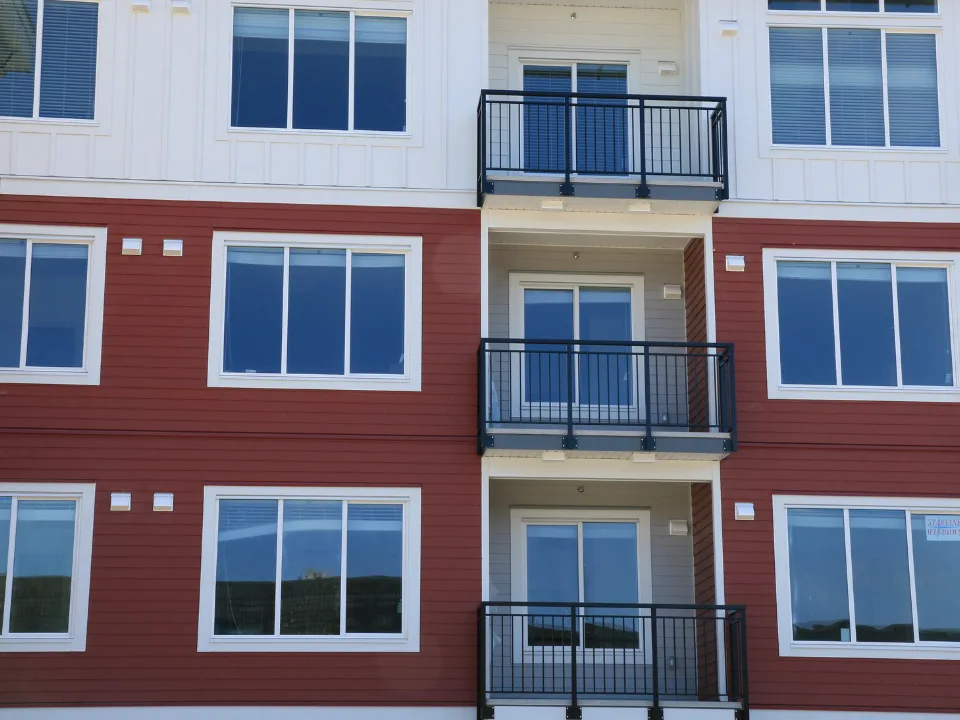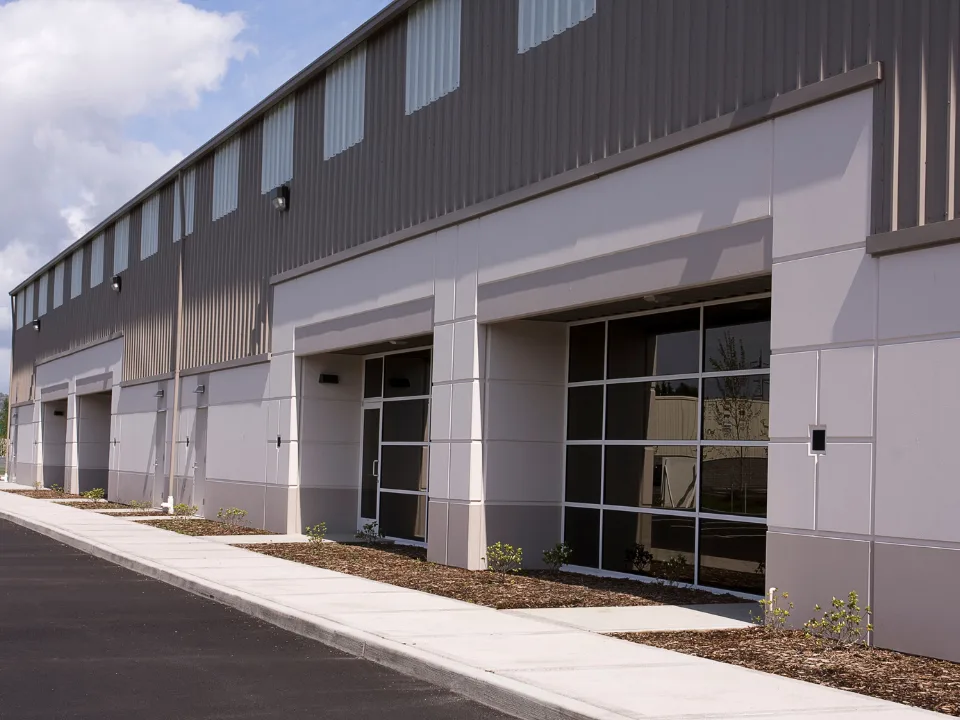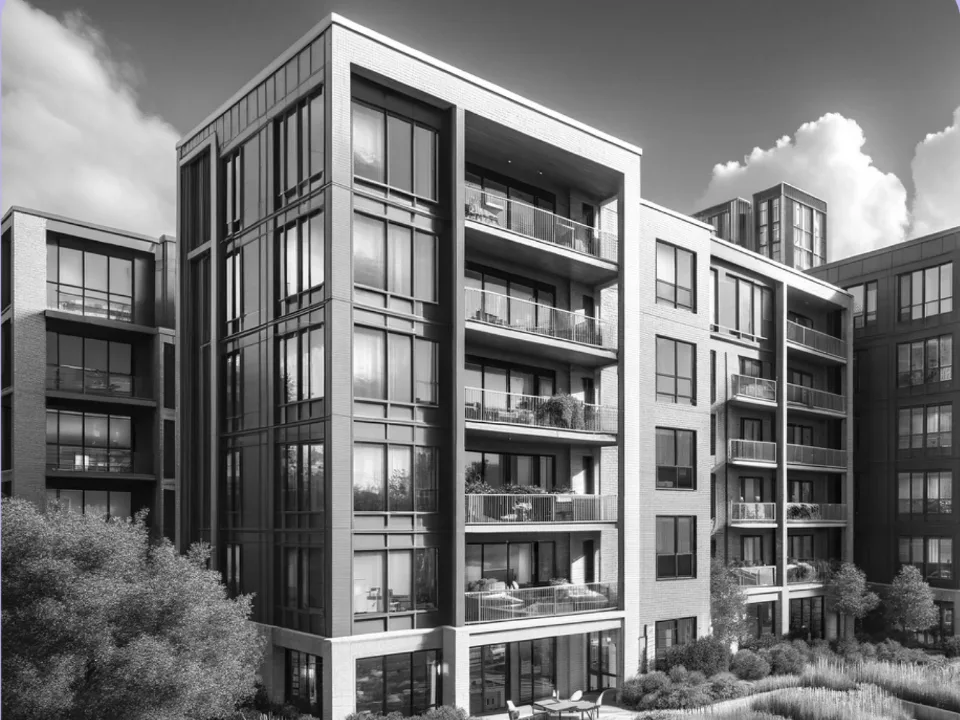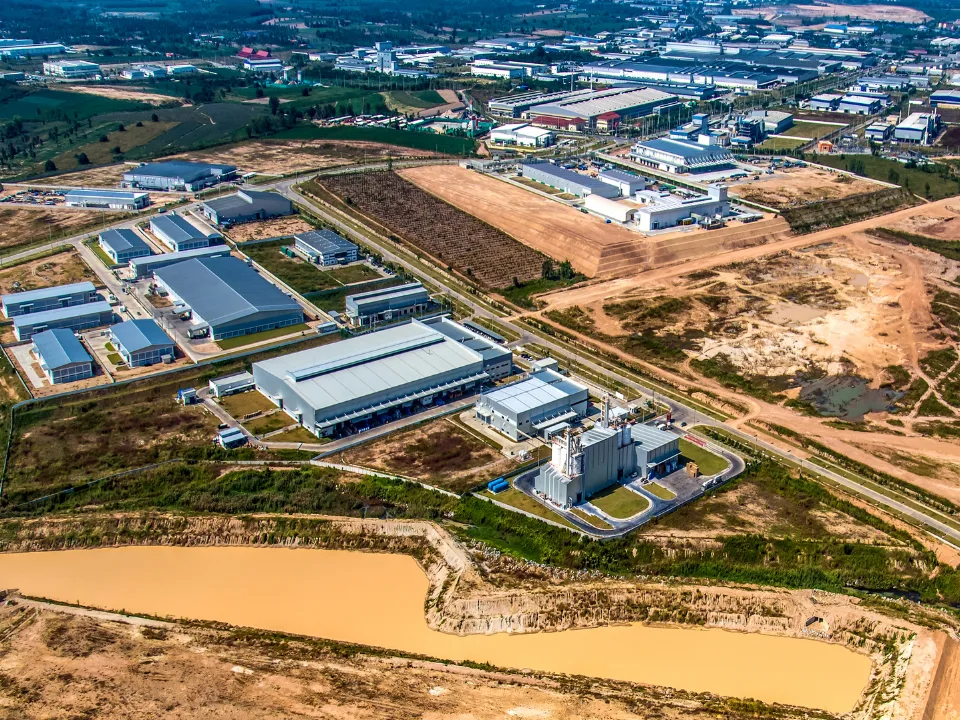- President Trump’s proposed “One, Big, Beautiful Bill” would reform the LIHTC program and could finance over 527,000 new affordable units by 2029.
- Changes include restoring a 12.5% boost to 9% LIHTC allocations, lowering the bond threshold for 4% LIHTC deals, and expanding benefits to rural and Native communities.
- However, proposed federal budget cuts to rental assistance and HUD programs may undermine the positive impact of the LIHTC expansion.
A Renewed Push for Affordable Housing
According to Bisnow, President Donald Trump’s “One, Big, Beautiful Bill” includes a long-awaited LIHTC reform, targeting the nation’s most critical affordable housing tool. The changes are giving affordable housing advocates a reason to hope. Many say these updates could make a real dent in the nation’s housing crisis.
How the Program Would Change
The bill would restore a 12.5% increase to 9% LIHTC allocations. That boost was in place from 2018 to 2021 but expired. The legislation would also lower the bond financing threshold from 50% to 25% for 4% LIHTC projects. This would allow more developments to qualify.
Additionally, it designates rural and Native areas as “difficult development areas.” Developers in these locations would receive a 30% “basis boost,” meaning a larger share of costs would qualify for tax credits. The definition of “rural” would also expand, increasing the number of eligible projects.
Get Smarter about what matters in CRE
Stay ahead of trends in commercial real estate with CRE Daily – the free newsletter delivering everything you need to start your day in just 5-minutes
The Potential Impact
Novogradac estimates the changes could help finance 527,000 affordable housing units between 2026 and 2029. In Texas alone, the $91.5M in 9% LIHTC allocations could increase by $11M. That would fund about five more projects annually.
“This is a reaffirmation of the work we’ve been doing across the industry,” said Debra Guerrero, senior vice president at The NRP Group. “Housing needs to be a part of this package—any package.”
Mixed Signals from the Federal Budget
While the LIHTC reform is promising, other elements of the proposed budget raise concerns. Further, the administration wants to restructure Section 8 housing vouchers and eliminate the Community Development Financial Institutions (CDFI) Fund. That program plays a key role in supporting low-cost housing developments.
Inflation, rising interest rates, and tariffs are also driving up construction costs. These trends make affordable housing even harder to finance.
“This is something we’ve long advocated for,” said Peter Lawrence, Chief Public Policy Officer at Novogradac. “But with the cost pressures and budget cuts, it may feel like two steps forward and one step back.”
Why It Matters
The US faces a severe shortage of affordable housing. According to the National Low-Income Housing Coalition, only 35 homes are available for every 100 extremely low-income renters. That number rises to just 53 homes per 100 households earning 50% of the area median income.
Given that, any increase in production capacity is a step in the right direction. However, sustained progress will require more than tax credits alone. Other federal supports must remain in place to fully close the gap.
What’s Next
The proposed reforms are still moving through Congress. Housing advocates are pushing to ensure the LIHTC provisions survive the budget process. At the same time, they hope to reverse or limit harmful cuts to other critical housing programs.
